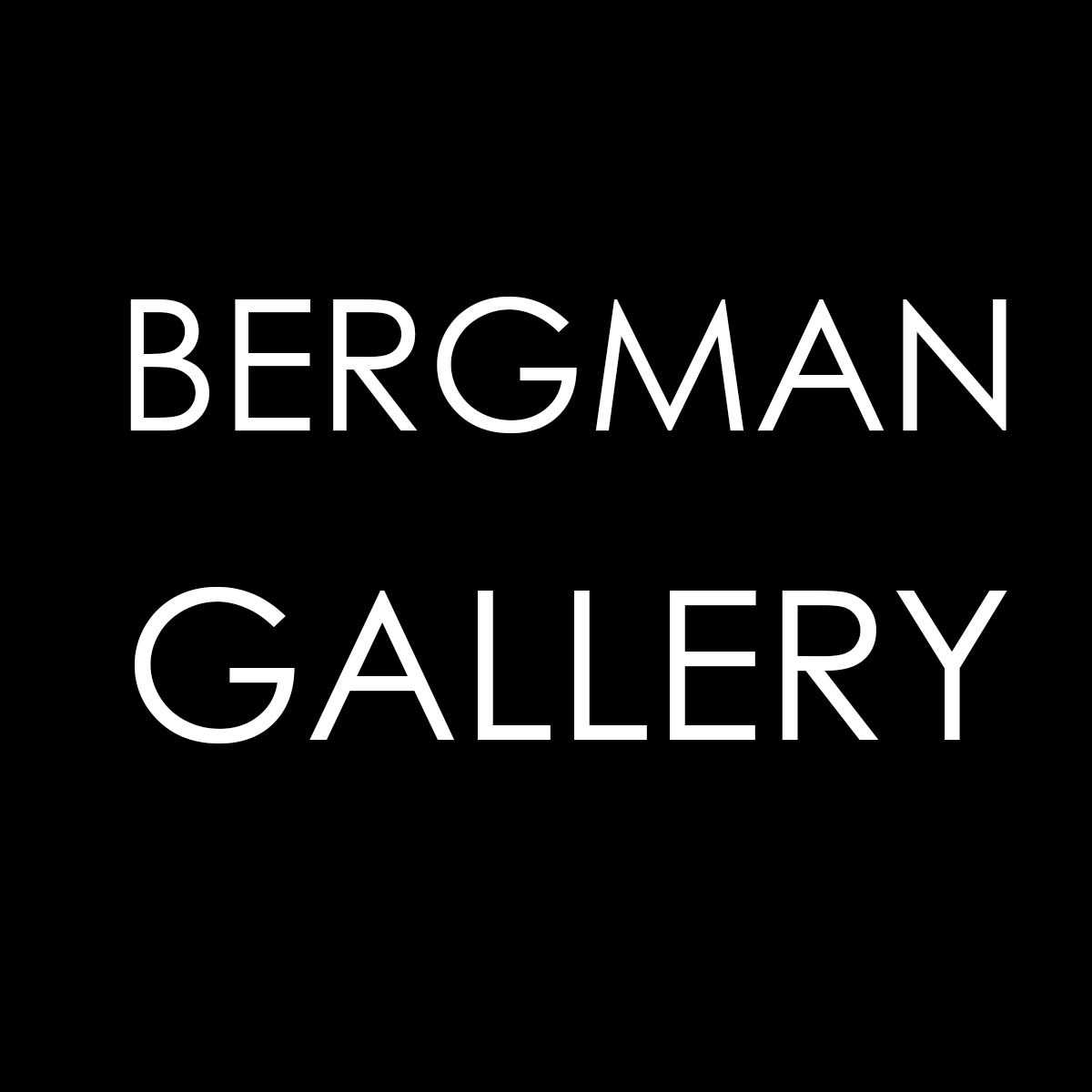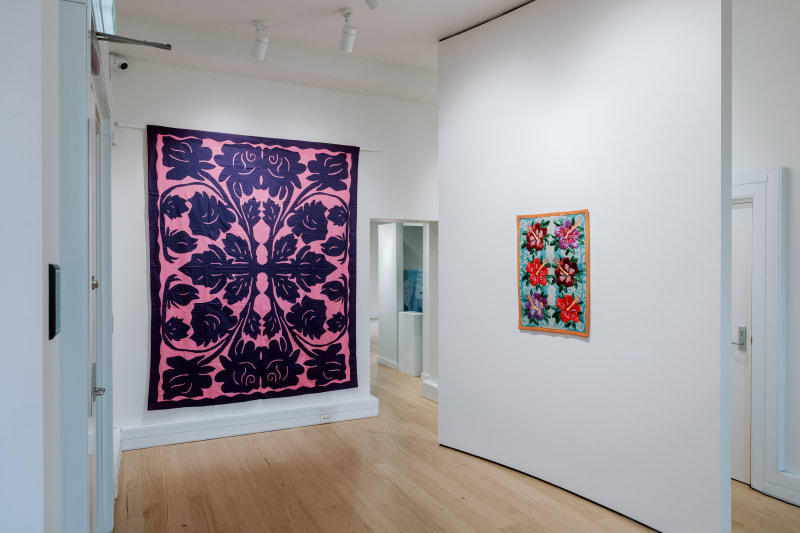Te Vaerua O Te Vaine: Our Mother's Hands celebrates matriarchal intergenerational learning, honoring the transmission of knowledge, creativity, and skill between women across generations. This exhibition brings together five women artists whose diverse practices engage with concepts of lineage, identity, and the evolving role of tradition in contemporary art. Through textiles, painting, ceramics, and mixed media, these artists examine the ways in which cultural knowledge is preserved, adapted, and reimagined over time.
Tungane Broadbent, an internationally recognized Cook Islands tivaivai artist, continues the legacy of this intricate textile practice, where each stitch embodies a history of collaboration, storytelling, and craftsmanship. Similarly engaging with heritage through a contemporary lens, Sylvia Marsters, a painter of Cook Islands descent, meticulously renders hyper-detailed oil paintings of Pacific flora and people. Her work is an act of cultural remembrance, elevating botanical and figurative subjects to encapsulate both personal and collective memory.
New Zealand Māori ceramicist Stevei Houkāmau explores connections between past, present, and future through forms inspired by tā moko (Māori tattooing), tatau (Pacific tattooing), and customary vessel-making traditions. Her works speak to matriarchal relationships and the cycles of life, considering the ways in which ancestral practices continue to shape identity and artistic expression.
Serene Hodgman’s contemporary reinterpretation of tivaivai, ‘ie toga (Samoan fine mats), and koloa (Tongan fine mats) challenges the materiality of traditional Pacific textiles. Using plastic beach mats adorned with silk ribbons, she disrupts notions of value and permanence, drawing attention to the intersection of tradition and modernity in the diasporic Pacific experience.
Christchurch-born Cook Islands artist Nina Oberg Humphries describes herself as a cultural hybrid, creating works that explore the tensions between traditional Cook Islands art forms and contemporary Western popular culture. Through performance, costume, and sculptural installation, she crafts a visual language that reflects the complexities of second-generation Pasifika identity in Aotearoa.
Together, these artists illuminate the role of Pacific women as knowledge bearers and cultural custodians. Te Vaerua O Te Vaine does not present tradition as a fixed entity but as an evolving practice—one that is continuously shaped by the hands of those who create, teach, and transform. By engaging with these ancestral and contemporary dialogues, the exhibition affirms the enduring strength and adaptability of Pacific women's artistry, ensuring that these legacies persist for future generations.




